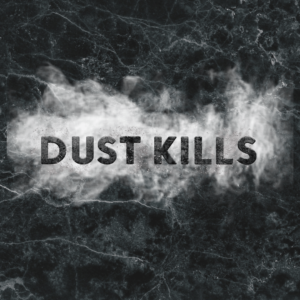BSR register of high-rise buildings represents major momentum for building safety
- Registration deadline for existing high-rise residential building in England has now passed
- Over 13,000 dutyholders have started or completed their application
- Registration is a legal duty brought in by the Building Safety Act 2022, following the Grenfell fire
The Building Safety Regulator’s new regulatory regime has moved further ahead in its vital registration programme of in-scope high-rise residential buildings, that are at least 18 metres or seven storeys tall, with two or more residential units.
Building registration is a major step in a package of measures to ensure high-rise residential buildings are safe for residents and users. The registration information provided by dutyholders will be used by the BSR to help it prioritise buildings for the building assessment certificate process from April 2024.
Principal Accountable Persons (PAP’s) were given until the 1 October 2023 to register all high-rise residential buildings in England. It is now an offence to allow residents to occupy an unregistered building.
Chris Griffin-McTiernan, Deputy Chief Inspector of Buildings at BSR, said: “We are encouraged to see that since the HRB registration service opened in April, the majority of Principal Accountable Persons (PAP’s) have recognised their mandatory registration obligations. When the registration deadline was reached on 1 October, over 13,000 applications had been started.
“We are now urgently reminding the minority of dutyholders who have missed the deadline for completing their registration application, that they could now face significant sanctions, including prosecution. Please respond to your legal duty – act now and register to avoid action being taken against you.”
Detailed guidance for owners and managers of high-rise buildings on their legal duties for registering their building, and information on how to complete the application, including the key building information, has been available since April 2023.
BSR’s recent programme of over thirty stakeholder sessions have focussed on supporting people with completing their registration applications, ready for the Regulator to begin the building safety certification process.
Further guidance and support for building owners and managers is available on the ‘Making Buildings Safer’ campaign website here.
Notes to editors:
About BSR: The Building Safety Regulator (BSR) is established within the Building Safety Act 2022, as an independent regulator within the Health and Safety Executive (HSE). BSR will raise building safety and performance standards and oversee a new stringent regime for high-rise residential buildings, as well as overseeing the wider system for regulating safety and performance of all buildings and increasing the competence of relevant regulators and industry professionals.
About HSE: The Health and Safety Executive (HSE) is Britain’s national regulator for workplace health and safety. We prevent work-related death, injury and ill health through regulatory actions that range from influencing behaviours across whole industry sectors through to targeted interventions on individual businesses. These activities are supported by globally recognised scientific expertise.
About the Building Safety Act, 2022: The Building Safety Act gained Royal Assent on the 28 April 2022 and makes ground-breaking reforms. The Act overhauls existing regulations and creates new powers that will enable lasting change across the built environment.




